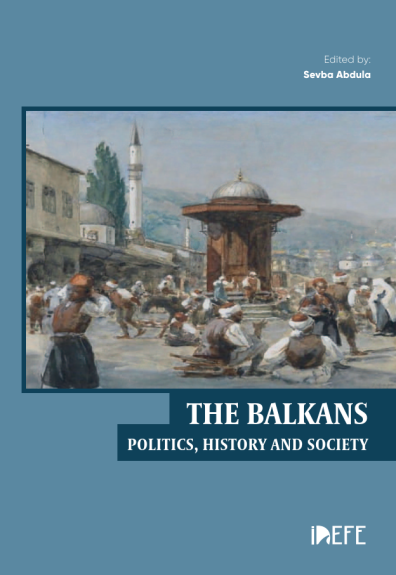Editorial Publishings
The Administrative and Demographic Structure of Bihor District in the 19th Century
Authors
-
Dr. Zarife AlbayrakIndependent Researcher
Synopsis
In Turkish, nüfus, the plural of the Arabic nafs (soul, life), is employed inter-changeably with the Arabic sukkân to denote population (Bozkurt, 2007: 293). Nations view the population as a crucial source of power and a necessary compo-nent of their sustainability. Consequently, population has historically been and remains a significant consideration for political authorities (Karabağ, 2019: 1).
The Ottoman Empire conducted land and population surveys as needed to assess the economic potential of conquered territories, evaluate the tax base, allocate timar, and document receipts (Sayın, 1330: 387; Behar, 2011: 63). Early censuses lacked specific design for population assessment, leading to limited data on the Ottoman population in the 17th and 18th centuries. Initiating censuses and sur-veys during the 19th century facilitated the acquisition of comprehensive data regarding the state’s demographic composition (Demirci and Kartal, 2015: 10). Mahir Aydın asserts that the primary objective of the 19th century population censuses was to assess military capability and identify taxpayers (Aydın, 1990: 83). The conflict with Russia prevented the completion of the initial modern cen-sus effort, which took place following the dissolution of the Janissary Corps in 1826. Only in 1831 did they conduct the census (Ünlü and Albayrak, 2021: 60). Moreover, while traditional property and population registries excluded wom-en and children, they included male children in the 19th century (Adyeke, 2017: 97-100).
Downloads
Publication Information
-
Publication TypeChapter
-
Volume
-
Pages367-392
-
Series
-
Series PositionResearch 9
Abdula, S. (Ed.). (n.d.). The Administrative and Demographic Structure of Bihor District in the 19th Century. In The Balkans Politics, History and Society: Vol. Research 9 (pp. 367-392). Idefe Publications. https://doi.org/10.51331/EB06.23ZA
